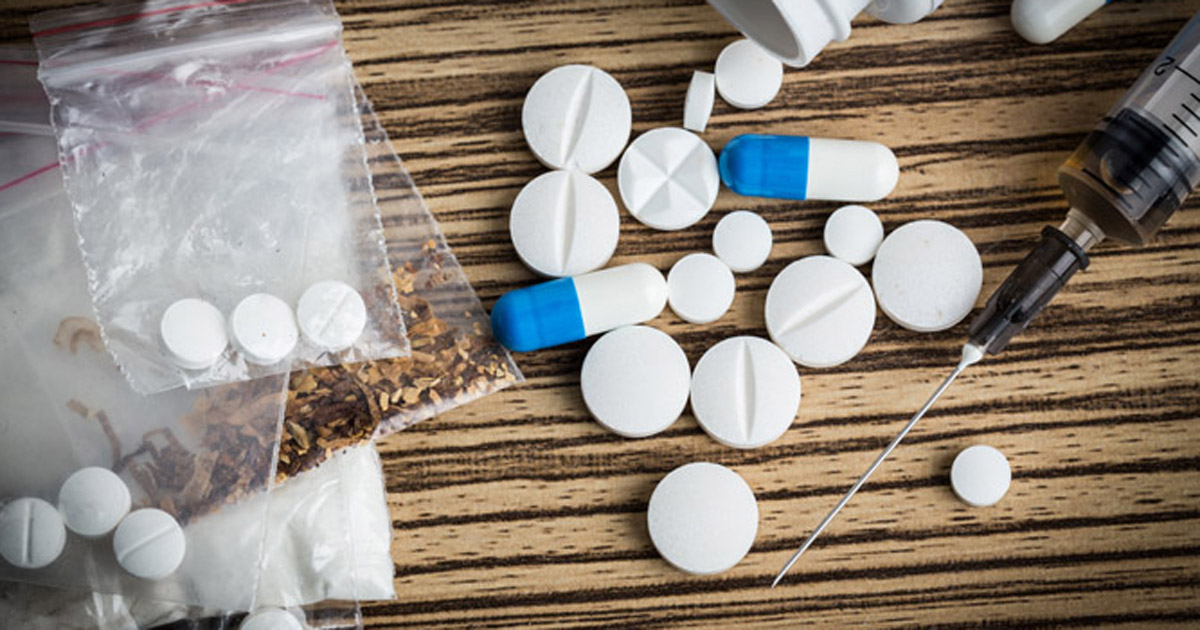Overdose deaths rise 260% among US women aged 30 to 64 years
Data from the CDC revealed that the rate of deaths due to drug overdose rose by 260% from 1999 to 2017 among women aged 30 to 64 years.
Though the rates of overdose deaths increased for all drug categories examined, the most notable increases involved synthetic opioids, heroin and benzodiazepines, according to the Morbidity and Mortality Weekly Report data.
“From 1999 to 2010, the largest percentage changes in the rates of overall drug overdose deaths were among women in the age groups 45 to 54 years and 55 to 64 years; however, this finding does not take into account trends in specific drugs or consider changes in age group distributions in drug-specific overdose death rates,” Jacob P. VanHouten, MD, PhD, from the CDC’s National Center for Injury Prevention and Control, and colleagues wrote.
Using data from the National Vital Statistics System, researchers assessed overdose death rates among women aged 30 to 64 years from 1999 to 2017, overall and by drug subcategories. Drugs categories included: antidepressants, benzodiazepines, cocaine, heroin, prescription opioids and synthetic opioids. They also calculated age distribution changes in drug-specific overdose deaths rates by 5-year age groupings, with average age of death examined for drug type for 1999 and 2017.

From 1999 to 2017, the CDC found that the unadjusted rate of drug overdose deaths rose by 260% among women aged 30 to 64 years, from 6.7 deaths per 100,000 population (4,314 total drug overdose deaths) to 24.3 (18,110). Over this period, there were major increases in rates of drug overdose deaths for every category, including those that involved synthetic opioids (1,643%), heroin (915%), benzodiazepines (830%), prescription opioids (485%), cocaine (280%) and antidepressants (176%).
When grouped by age, the MMWR data revealed that drug overdose death rates rose by about 200% among women aged 35 to 39 and 45 to 49 years, 350% among those aged 30 to 34 and 50 to 54 years, and nearly 500% among those aged 55 to 64 years. Although drug overdose death rates were highest among women aged 40 to 44 years in 1999, rates were highest among women aged 50 to 54 years in 2017 (9.6 vs. 28.2 deaths per 100,000 population), according to VanHouten and colleagues.
The researchers also found that the rate of drug overdose deaths involving any opioid rose 492% between 1999 and 2017, from 2.6 to 15.5 per 100,000 population. While the crude rate for deaths involving prescription opioids increased for every age group in this period, the largest increases (more than 1,000%) occurred among women aged 55 to 64 years. In addition, the crude rate rose for every age group for deaths involving synthetic opioids (except for methadone), with the largest increase observed among women aged 30 to 34 years (3,500%).

“Steps that health care providers can take when treating women include: recognize that women can be at risk of prescription drug overdose; when treating pain, discuss all treatment options, including ones that do not involve prescription drugs; [and] discuss the risks and benefits of taking medications, especially during pregnancy,” Karin A. Mack, PhD, from the National Center for Injury Prevention and Control, told Healio Psychiatry.
Mack also said that health care providers should follow opioid prescribing guidelines, including screening and monitoring for substance abuse and mental health issues, prescribing only the quantity needed based on appropriate pain diagnosis, and educating patients on how to safely use, store and dispose of drugs. In addition, she said that prevention programs may “need to shift response options as the overdose epidemic experiences demographic shifts.”
“There’s a continued need for response strategies including increasing naloxone availability, educating patients and providers about safe prescribing practices, reducing the related health problems of infectious diseases and opioid overdoses, providing patients with linkage into treatment, and fostering greater collaboration between public health and public safety,” Mack told Healio Psychiatry. – by Savannah Demko
Disclosure: The authors report no relevant financial disclosures.


